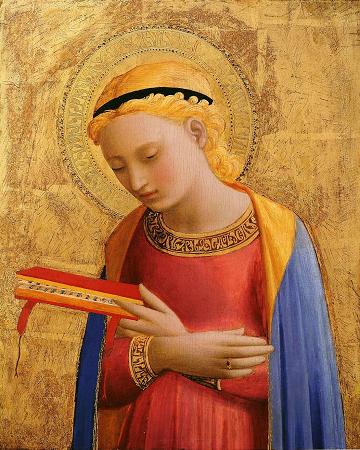Detroit Institute of Arts. The Detroit Institute of Arts, located in Midtown Detroit, Michigan, has one of the largest and most significant art collections in the United States. The museum holds The Wedding Dance by Pieter Bruegel the Elder, which is noted for its vivid depiction of a festive gathering, Portrait of Postman Roulin by Vincent van Gogh, recognized for its expressive brushwork and a self portrait by Vincent van Gogh. With over 100 galleries, the DIA covers 658,000 square feet with a major renovation and expansion project completed in 2007 that added 58,000 square feet. The DIA collection is regarded as among the top six museums in the United States with an encyclopedic collection which spans the globe from ancient Egyptian and European works to contemporary art. Its art collection is valued in billions of dollars, up to $ 8.1 billion according to a 2014 appraisal. The DIA campus is located in Detroit's Cultural Center Historic District, about two miles north of the downtown area, across from the Detroit Public Library near Wayne State University. The museum building is highly regarded by architects. The original building, designed by Paul Philippe Cret, is flanked by north and south wings with the white marble as the main exterior material for the entire structure. The campus is part of the city's Cultural Center Historic District listed in the National Register of Historic Places. The museum's first painting was donated in 1883 and its collection consists of over 65,000 works. With about 677,500 visitors annually for 2015, the DIA is among the most visited art museums in the world. The Detroit Institute of Arts hosts major art exhibitions; it contains a 1,150-seat theatre designed by architect C. Howard Crane, a 380-seat hall for recitals and lectures, an art reference library, and a conservation services laboratory. The museum contains 100 galleries of art from around the world. Diego Rivera's Detroit Industry cycle of frescoes span the upper and lower levels to surround the central grand marble court of the museum. The armor collection of William Randolph Hearst lines the main hall entry way to the grand court.The collection of American art at the DIA is one of the most impressive, and officials at the DIA have ranked the American paintings collection third among museums in the United States. Works by American artists began to be collected immediately following the museum's founding in 1883. Today the collection is a strong survey of American history, with acknowledged masterpieces of painting, sculpture, furniture and decorative arts from the 18th century, 19th century, and 20th century, with contemporary American art in all media also being collected.
more...














